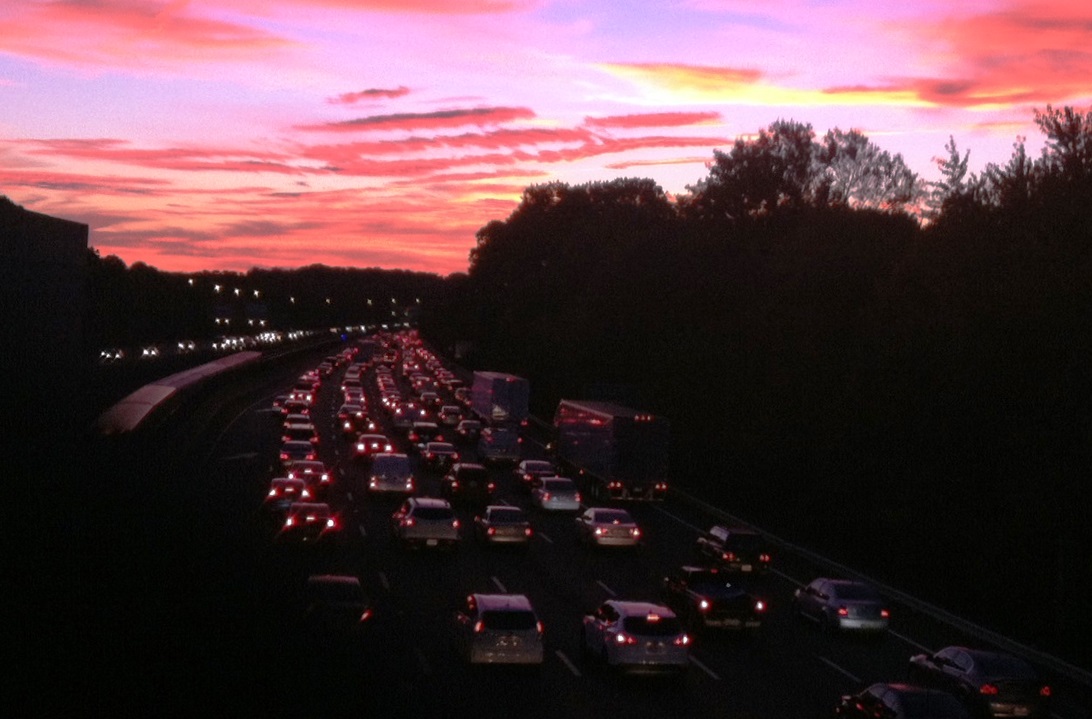WASHINGTON — Virginia transportation leaders are considering an increase of I-66’s HOV enforcement during rush hour, following the requests of toll plan opponents from Loudoun and Prince William counties.
About half the cars using I-66 between the Potomac River and Capital Beltway violate HOV rules during the afternoon rush, according to the Virginia Department of Transportation. In the mornings, roughly one-third of drivers are alone, the data show.
“We know that there are quite a few people that abuse the privilege today,” said VDOT Secretary Aubrey Layne. “And there are calls for greater enforcement, and we’ll consider that, and we may do greater enforcement.”
Existing rules require at least two people in the car to use I-66 inside the beltway eastbound between 6:30 a.m. and 9 a.m. and westbound between 4 p.m. and 6:30 p.m.
Plans advancing in Virginia would expand the restricted hours, but also allow solo drivers to use the lanes if they pay a toll using an EZPass or through a bill in the mail.
Solo drivers at the height of rush hour would pay $17 round trip, given they travel the corridor’s entire length when it’s most congested. The tolls would be cheaper at other times when fewer vehicles are in the lanes.
Layne said less than 40 percent of drivers use the entire length of I-66 inside the beltway, with about 44 percent exiting in the Ballston area.
Virginia transportation leaders say there are major challenges to enforcing the law. The first offense is $125; the fines double for each subsequent offense up to $1,000. Each offense beyond the first also includes three points from your driver’s license.
Layne said the automated billing, along with license plate photos of drivers without EZPasses, will make enforcement easier and curb I-66 violations.
With the implementation of tolls and HOV rules in the reverse-commute direction for the first time, some cars will move off I-66 to other routes, said Nick Donohue, VDOT’s deputy transportation secretary.
Donohue said VDOT modeling shows negligible impact on traffic speeds on those other roadways.
Inside the beltway, construction on the new tolling system is scheduled to begin next summer. Tolling and the new rush hour times and rules will begin in mid-2017.
Sometime in 2020 or later, drivers will need three people rather than two in the car to travel for free. That change is part of a region-wide decision made several years ago.
Separate but related plans would add two toll lanes outside the beltway. Those would be free with three people in the car. The variable toll in those lanes would be in place 24/7.
Outside the beltway, there would be three regular highway lanes. Those lanes are scheduled to open around 2021.






